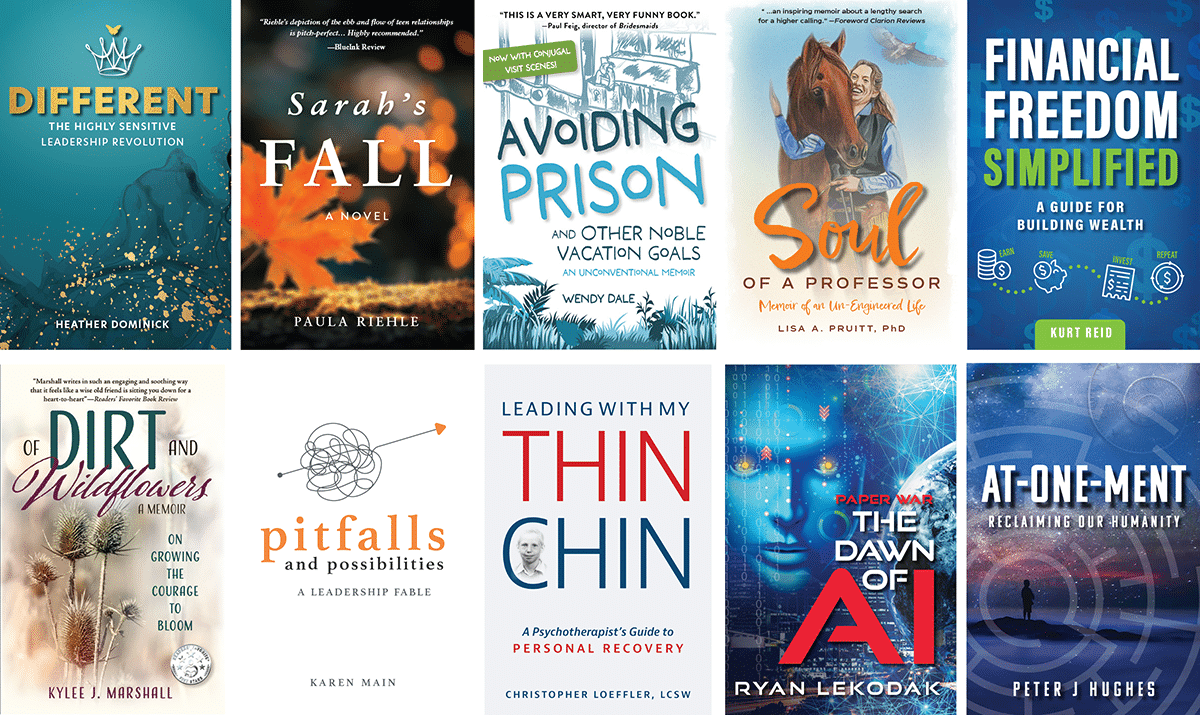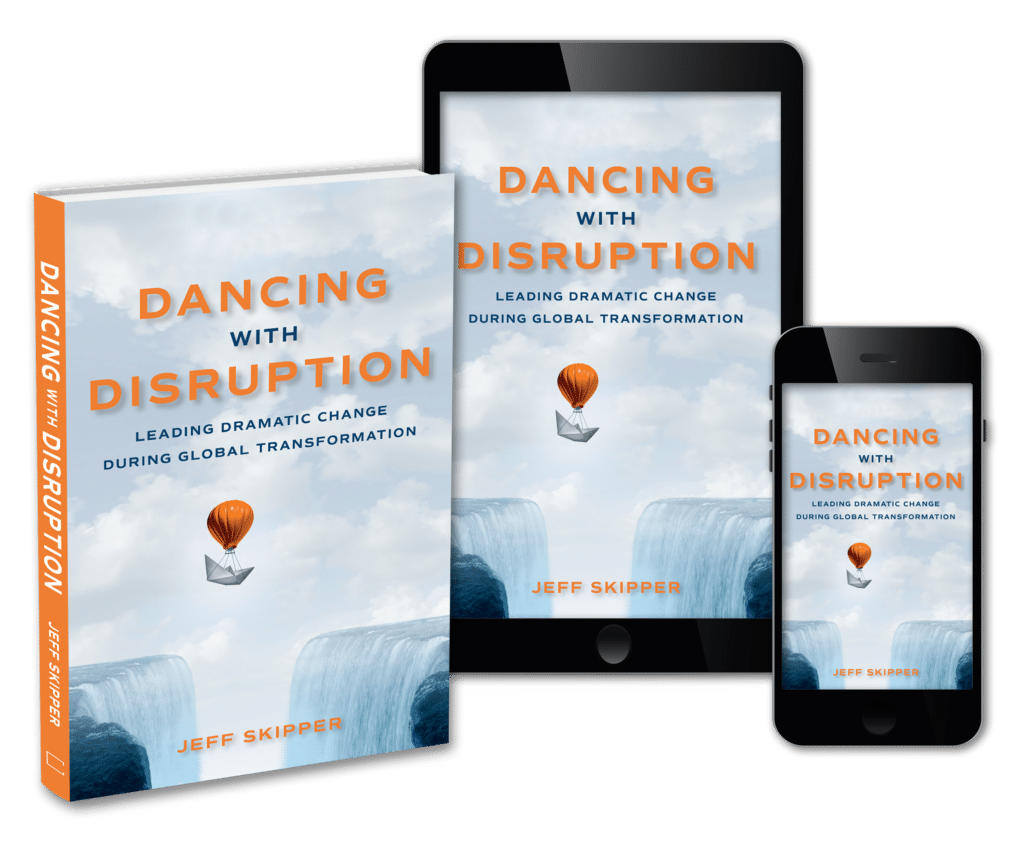


After your book interior and cover are designed and complete, you can move on to the eBook formatting. The interior file (most likely an Adobe InDesign file) created for your paperback is typically used as the basis for your eBook. If you do not have access to your InDesign file, an eBook can also be created from a Microsoft Word document.
There are two types of eBooks, reflowable and fixed.
A reflowable eBook, the most common, is basically a web page, consisting of HTML and CSS code. The text and images “flow” with the size of the device used to view the eBook and the fonts change in size as well. Because of the reflowable nature of the eBook, not all the formatting created for the print version of your book is supported in the reflowable eBook version. Some examples of unsupported formatting include:
A fixed eBook is essentially a static document, similar to a PDF. It is still in an HTML format like the reflowable, but it lacks the “flow”.
Children’s books, art and photography books, and other highly designed books are candidates for fixed eBooks.
![shutterstock_1414199258 [Converted]](https://wolfdesignandmarketing.com/wp-content/uploads/2023/05/capable-3D-three-may21-1024x843.jpg)
The fee is determined by word count, the complexity of formatting, the existence of footnotes/endnotes, and the number of images. Most fiction books fall in the $400 range, and non-fiction can fall anywhere in the range depending on the above parameters.
Formatting of ebook including table of contents, images, headings, chapter start, footnotes/endnotes, hyperlinks, and images.
epub, and JPG file of the cover
The fee is determined by word count, the complexity of formatting, the existence of footnotes/endnotes, and the number of images. Most fiction books fall in the $500 range, and non-fiction can fall anywhere in the range depending on the above parameters.
Formatting of ebook including table of contents, images, headings, chapter start, footnotes/endnotes, hyperlinks, and images.
epub, and JPG file of the cover